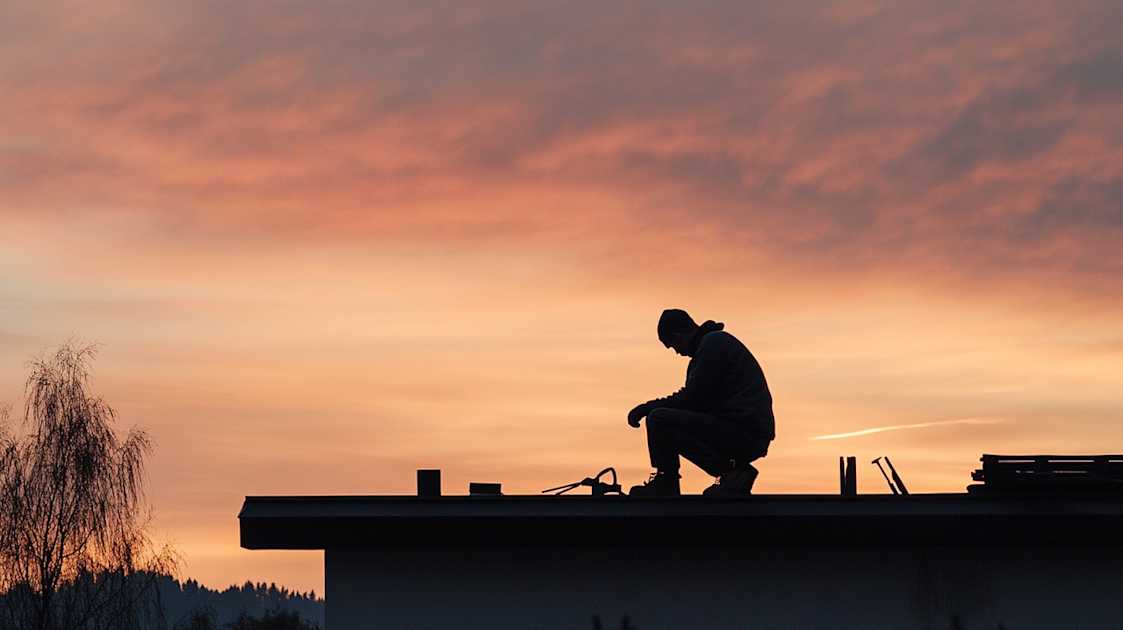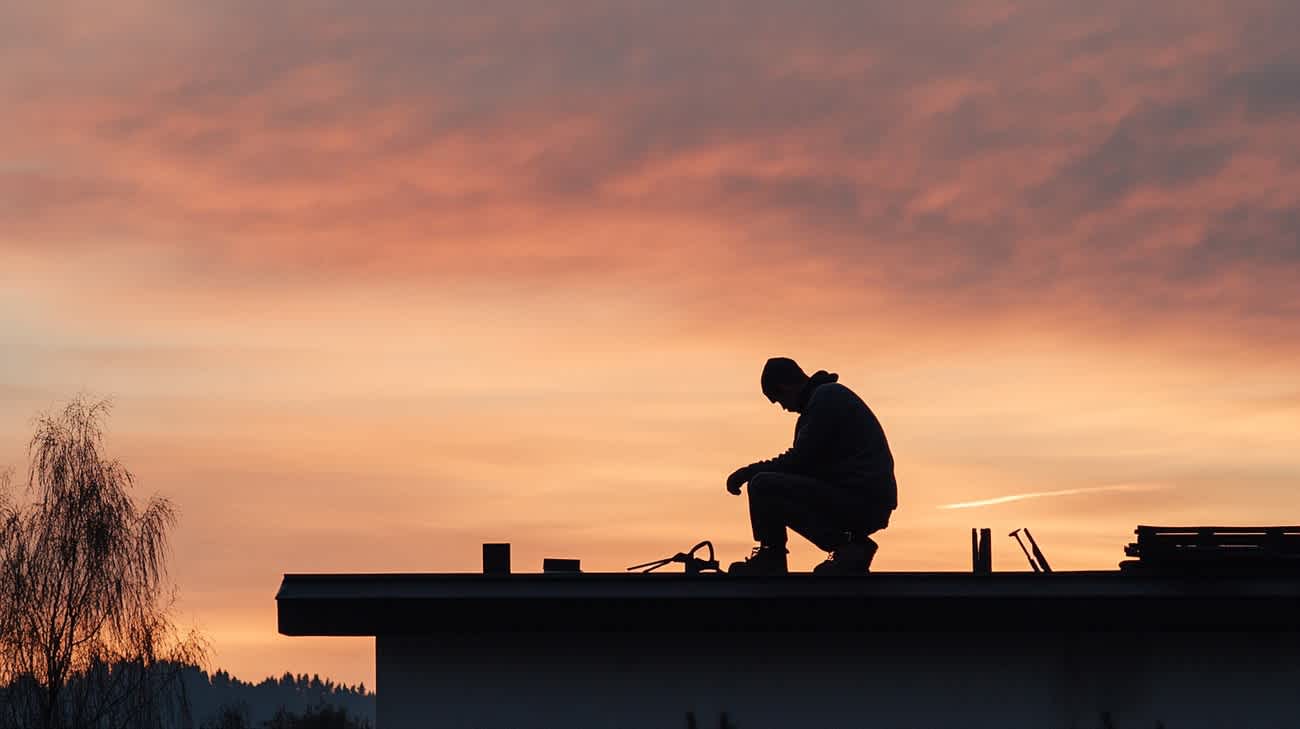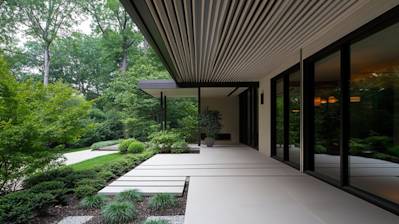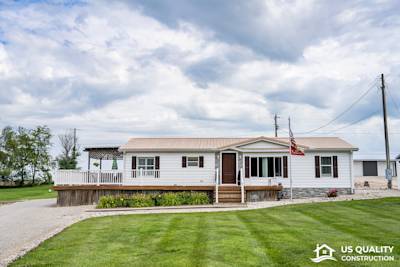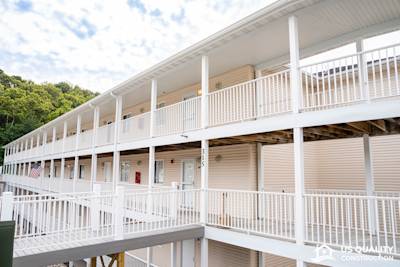Welcome to our comprehensive guide on roof leak repair. Whether it’s the patter of drops on your ceiling, a bubble in your wallpaper, or a discoloration on your walls, nothing quite induces anxiety like signs of a leaking roof. As one of the most vital components of your home, caring for your roof can ensure your home remains a sanctuary.
This detailed guide is specifically designed to address all you need to know about roof leak repair. In an easy-to-understand, step-by-step format, we’ll discuss everything from identifying the signs of a leak to the steps needed to effectively repair it. Let’s dive in!
Identifying a Roof Leak
Recognizing the warning signs is the first step towards resolving a roof leak issue. This proactive approach can save you considerable amounts of time and money.
- The appearance of water stains on your ceiling or walls
- Dripping water
- Spots on your exterior walls
- Presence of outside light in your attic
- Damaged or missing shingles
- Mold or odors
Detecting a roof leak early will not just prevent further water damage, but also mold growth that could lead to health issues.
Damage Assessment and Roof Leak Location
Upon identifying a roof leak, assessing the damage caused and precisely locating the leak is the next step.
Leaks could occur from flashing points, vents, chimneys, or even areas on the roof that were previously repaired. In some cases, the water spot might not exactly match the actual leakage spot due to the direction of the water flow.
Professional roofers utilize advanced techniques and technology like infrared roof inspection to detect the exact leakage point, ensuring no time is wasted in targeting the right area.
Roof Leak Repair: DIY or Hire a Professional?
Once the leak has been located, choosing whether to repair the leak yourself or hire a professional is crucial. This decision depends on the severity of the leak, your skill level, and the risk involved.
While minor leaks can often be handled as a DIY project, more serious leaks require professional attention to ensure effective resolution and to prevent further damage.
Remember, climbing onto your roof can be dangerous and a task not to be taken lightly. Always prioritize safety and don't hesitate to call for professional help.
Professional Roof Leak Repair Explained
Understanding the process of professional roof leak repair can help you make educated decisions about your home.
Roofing professionals typically follow a set step-by-step procedure to ensure high-quality results.
- Inspection and assessment: The process begins with a thorough inspection to identify the type & extent of the damage.
- Protection of property: They ensure your property is appropriately covered to prevent damage during the repair process.
- Removal and replacement of damaged areas: Shingles, underlayment, or potentially entire sections of the roof may be replaced depending on the severity of the damage.
- Water and moisture removal: It’s crucial to ensure that all damp areas are completely dried out to prevent future damage or mold growth.
- Sealing and water-proofing: The new or repaired areas are then sealed & made waterproof, ensuring a tight & secure roof structure.
Understanding the tedious and careful precision involved in professional roof leak repair goes a long way in appreciating the need to hire experienced roofers.
How to Choose a Roofing Contractor for Your Leak Repair
Choosing to work with professionals in roof leak repair is a significant decision that boils down to expertise, trust, and quality. Here's a short guide to help you make the right choice:
- Check for a physical business location
- Confirm licensing & insurance
- Look up past work & client reviews
- Understand warranty & financial policies
By gathering enough information, you can make an informed decision about who to trust with your roof leak repair.

Frequently Asked Questions about Roof Leak Repair
What are the common causes of roof leaks?
There are various potential causes of roof leaks. These may include worn-out roofing materials, damaged flashing, cracked or missing shingles, decayed or punctured underlayment, improper roof vent seals, and a poorly designed drainage system.
How often should a roof inspection be conducted?
To prevent leaks, it's essential to get your roof inspected at least twice a year by a certified professional, preferably during spring and fall. However, if severe weather conditions like a heavy storm occur, you should inspect the roof as soon as it's safe to do so.
Can I repair a roof leak on my own?
While DIY roof leak repair is possible, it's generally not advisable unless you have experience working on roofs. Several factors, such as roof slope, height, and the nature of the leak, can pose safety risks. Moreover, without proper training and tools, you may end up causing more harm to your roof.
What does roof leak repair involve?
The process of leak repair may vary, but it essentially involves identifying the damaged area, removing any damaged material such as shingles, ensuring the remaining roof is solid and leak-proof, installing new material, and sealing it to protect it from future leaks.
How long can a roof leak repair take?
The time taken to repair a roof leak can vary, depending on the extent of the damage, the accessibility of the leak, and the complexity of the repair. A simple repair might just take a couple of hours, while serious damage might need several days to address.
How much does a roof leak repair typically cost?
The cost of repairing a roof leak can largely depend on the size and location of the leak, the roofing materials used, and the extent of the damage. As a ballpark estimate, it could range from a couple of hundred to a few thousand dollars. For an exact estimate, you should consult with a professional roofer.
Does homeowners’ insurance cover roof leaks and repair?
In some cases, homeowners' insurance may cover roof leak repairs if the damage was caused by a "covered perils" such as a severe storm or fire. However, if the damage was due to lack of maintenance or wear and tear, the insurance may not cover it. It's best to check with your insurance provider to understand the specifics of your policy.
Can roof leaks lead to other problems?
Yes. Unaddressed roof leaks can potentially lead to a range of problems, including internal property damage, electrical issues, structural damage, mold and mildew growth, increased energy bills, and a decrease in property value.
Should I replace my roof if I find a leak?
Not always. Many leaks can be fixed without needing a full roof replacement. However, if your roof is old or extensively damaged, then a replacement might be a more cost-effective and long-term solution.
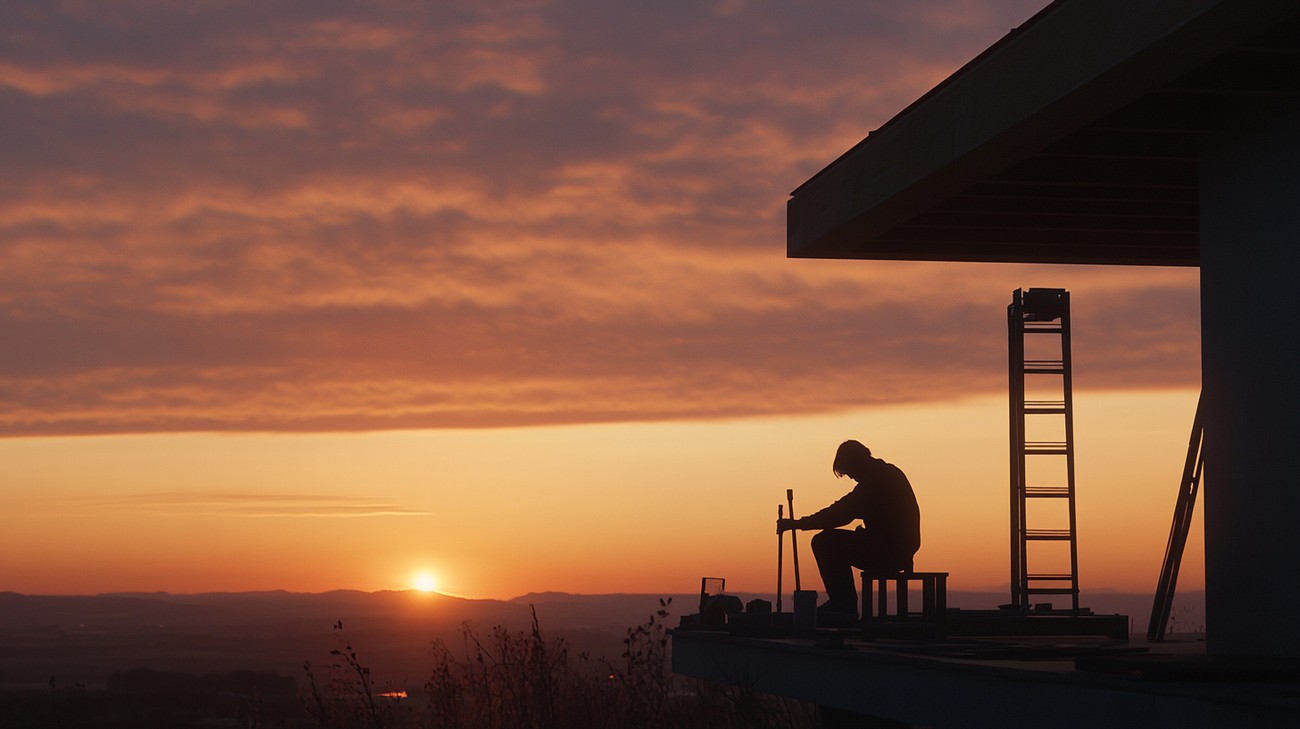
Pros of Roof Leak Repair
Prevents Further Damage
Saving on Long-Term Costs
One of the most significant advantages of roof leak repair is that it prevents further damage to the structure of the building. A small leak can escalate into a significant problem if not attended to promptly, leading to damage to the ceiling, walls, and floors. Repairing the leak swiftly will save homeowners or businesses from incurring high costs in the long term.
Maintains Property Value
Additionally, a leak-free roof maintains the value of the property. A house with a leaking roof will be undervalued on the real estate market. Therefore, regular roof leak repairs are crucial to sustaining the property's value.
Enhances Health and Safety
Prevents the Growth of Moulds and Mildews
Repairing a roof leak promptly prevents the growth of moulds and mildews, which can cause allergic reactions and other health problems, especially in children and the elderly. Mould not only poses health issues but is also challenging to remove once it takes hold.
Prevents Electrical Short Circuits
Water leaking onto electrical systems might lead to short circuits and fires, posing a safety risk. Repairing a leak immediately mitigates these hazards and ensures the safety of the property's occupants.
Improves Aesthetic Appeal
A leak-free roof improves the aesthetic appearance of a building, which can boost residents' mood and impression on visitors.
Cons of Roof Leak Repair
High Immediate Costs
Cost of Hiring Professionals
Roof leak repair is not always a DIY project and often requires hiring professionals, meaning homeowners will incur labor costs. Some contractors may charge high fees, especially for emergency repairs.
Cost of Repair Materials
The repair might require replacing shingles, underlayment, or flashing, adding to the total repair cost. In some instances, an old and extensively damaged roof might require a complete replacement, significantly increasing the expense.
Time-Consuming
Inspection and Identification
Finding the exact location of the leak can be a time-consuming task. The origin of the leak on the outside of the roof might not align with where the leak appears on the inside of the house, making the process even more complex.
The Repair Itself
The process of repairing the leak, particularly if it's extensive, can take considerable time. This can be disruptive, especially for businesses that might need to close or households that need to adjust their daily schedules.
Weather Dependent
Weather conditions can significantly influence the repair of roof leaks. Repairs cannot be conducted during rain or snow due to safety concerns, which means leaks may need to go unaddressed till the weather clears. This could potentially escalate the damage.
May Not Address the Root Cause
Unless one carries out a full roof inspection, a leak repair may only be a temporary fix. It might not address the root cause of the issue, meaning leaks could recur in the future. This limitation leads to repeated repairs, costing more time and money in the long run.

Myths and Misconceptions About Roof Leak Repair
Roof leak repair is a subject that often invites a plethora of myths and misconceptions. Due to these fallacies, homeowners may end up causing more harm than good. So, to help clear up this confusion, we delve deep into some of the most prevalent myths surrounding this topic and reveal the reality behind them.
Myth 1: All Roof Leaks are Obvious
Misconception
A lot of individuals assume that they can easily spot a roof leak. The common presumption is that a clear water spot on the ceiling directly underneath the leak, or a steady drip in the attic, is the hallmark sign of a leaky roof.
The Truth
In reality, roof leaks are often elusive and not easily traceable. The water that enters your home through a leak may travel along your roof joists or other parts of your home structure, making it hard to identify the exact point of the leak. Therefore, not all leaks are immediately obvious and may require a professional inspection to locate.
Myth 2: Small Leaks aren’t a Big Deal
Misconception
It's a common belief that a small leak isn't a serious issue, and can be left alone for a while before making any repairs. After all, it's just a small amount of water, right?
The Truth
Every leak, regardless of its size, has the potential to cause significant damage to your property. Over time, even a small leak can lead to wood rot, mold growth, and structural weakening. Needless to say, by ignoring a small leak, you’re potentially setting yourself up for a major repair job down the line.
Myth 3: DIY Fixes are Just as Good as Professional Repairs
Misconception
A prevalent myth is that do-it-yourself fixes for roof leaks are just as effective as having a professional handle it. After all, there are countless videos and tutorials available online that can guide anyone through the process.
The Truth
While some may be able to handle simple repairs themselves, most roof issues should be handled by professionals. Properly detecting and repairing roof leaks require specific knowledge and experience. Attempting a DIY fix without understanding the underlying problem may worsen the situation.
Myth 4: You Only Need to Repair the Site of the Leak
Misconception
Another common misconception is believing that roof repair solely involves fixing the exact area of the leak.
The Truth
Addressing only the location of the leak is not going to protect your property in long term. The area surrounding the leak can often be compromised as well, and failing to address this can lead to other leaks occurring. A thorough inspection and repair by professionals will help to prevent future leaks and extend the life of your roof.
Myth 5: It’s Fine to Patch Over a Leak Multiple Times
Misconception
If a roof patch has been successful before, it's easy to believe that there’s no harm in doing it again if another leak springs up.
The Truth
Patching a leak multiple times is merely a stopgap solution. Over time, this could stress the roof material, potentially leading to more widespread damage. If your roof is consistently leaking, it could indicate a more serious, underlying issue that may necessitate more significant repairs or even a full roof replacement.
Myth 6: All Roof Materials are Prone to Leaks
Misconception
There is a common belief that all roof materials are equally likely to leak, so the choice of roofing material does not matter.
The Truth
Different roof materials have varying degrees of durability and performance. Some materials are more resistant to cracks and leaks compared to others. For instance, metal roofing is known for being highly durable with a low likelihood of leaking when installed properly. Always consider the quality of materials when repairing or replacing your roof to reduce the risk of future leaks.
Summary
Roof leak repair isn't just about patching up a hole; it's about maintaining the integrity of your home. It involves identifying potential problems, solving them efficiently, and ensuring the same issues don't crop up again in the future. As much as it might seem like a small problem, a leaky roof can lead to significant damage if not addressed promptly. So, taking action at the first sign of trouble can save you headaches down the line.
If you're one of those handy individuals and keen to take on roof leak repair yourself, make sure you have a good understanding of what you're dealing with. Learn about different roofing materials, the steps involved in the repair process, and safety precautions to take. And remember, while tackling minor issues can be a DIY job, major repairs should always be left to the professionals.
Maintaining your home's roof and enlisting professional roof leak repair when necessary is an investment that pays off. Not only does it help reduce energy costs by ensuring proper insulation, but it also adds to the value of your home. So, don't ignore the small drip from the ceiling. Act fast. Because nothing beats the peace of mind that comes from knowing your home is safe and sound, and your roof is capable of withstanding whatever Mother Nature has to throw at it.
About US Quality Construction
US Quality Construction, based in Kansas City, MO, is your go-to solution for all your construction needs. We've been serving the good people of KCMO with top-notch construction services for a couple of decades - whether you're dreaming of that perfect kitchen remodel or planning a full corporate office build. Our team of dedicated professionals gives 100% to ensure we meet and even exceed your expectations. We believe in strong relationships and we'll work closely with you to make your dream project a reality. We’re passionate about what we do and we promise to deliver, because here at US Quality Construction, we build more than just structures - we build trust.
Tags: roofing, water damage, home improvement,


